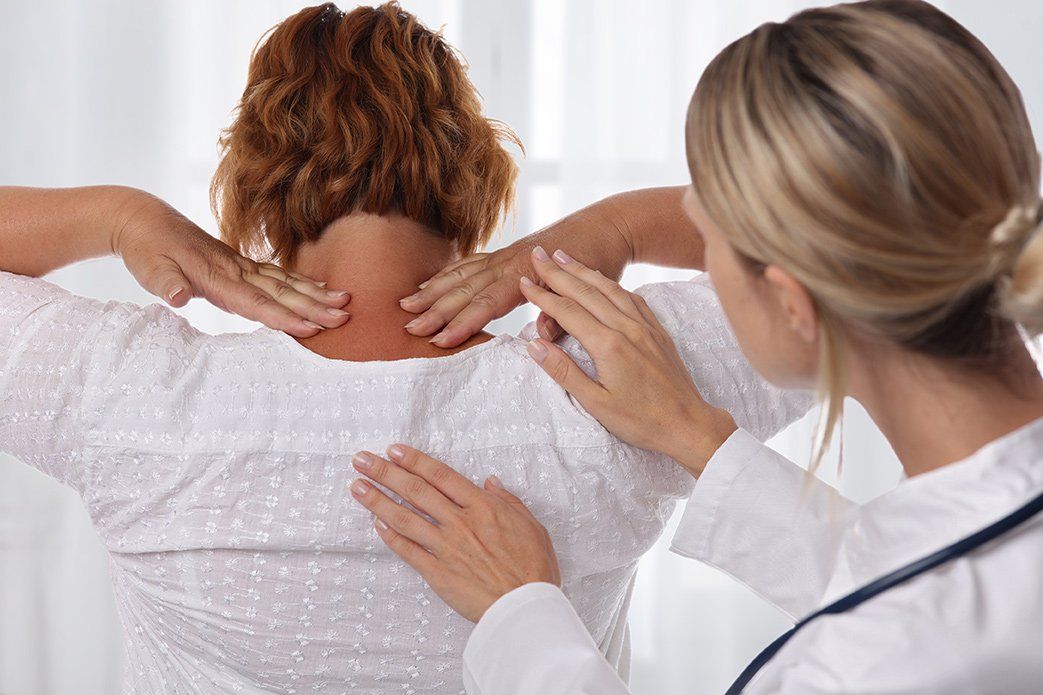Spider Veins
With the evaluation and treatment methods available today, Varicose Veins and Spider Veins can be treated at a level of effectiveness and safety previously unattainable.
Regardless of which treatment method is used, its success depends in part on careful assessment of the problem by a knowledgeable physician who exclusively treats venous disease. There are many underlying causes of varicose veins, so successful treatment of a particular vein problem does not necessarily prevent vein problems from recurring in the future.
What Are Spider Veins?
Spider veins are red and purple blood vessels that occur in patches on the legs. The network of vessels is often as delicate as a spider’s web, which is how they get their name but they can also resemble tiny sunbursts, branching trees or may be distributed in a linear fashion on the surface of the skin.
Spider veins (referred to medically as telangectasias) and varicose veins are not the same — and one does not lead to the other. Whereas varicose veins are large, swollen and occur singularly on the legs, spider veins are delicate and tend to develop in clusters. They are, however, caused by similar factors. Spider veins appear to be hormonally induced and often are associated with pregnancy and menstruation. Although these spider veins do not produce symptoms, the feeder veins deeper in the skin may cause discomfort.


“Our mission is to provide each patient with a comfortable, respectful care as well as delivering the best possible vein treatment."
